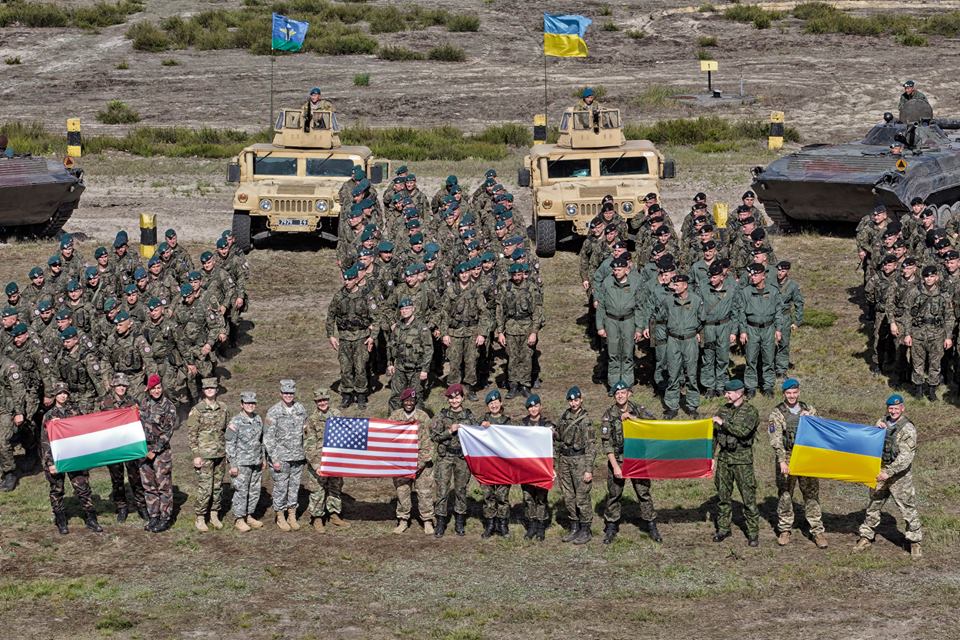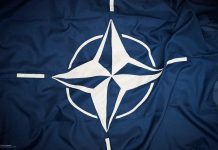
According to the Pentagon’s top acquisition official, there has been a notable shift in the West’s approach towards Ukraine’s military capabilities. While previously the focus was primarily on bolstering Ukraine’s war machine, the attention has now turned to the crucial task of repairing and maintaining the existing weaponry. This shift reflects a realization that the conflict is likely to be prolonged, with the war expected to persist for months and even years.
Even before Ukraine initiated its counteroffensive in the summer, concerns were already mounting among allies regarding the ability to adequately maintain the donated military equipment to meet the demands of the battlefield. As the conflict intensifies and Ukrainian forces confront well-entrenched Russian troops, the urgency to swiftly repair and reinstate the damaged armored vehicles and artillery pieces has reached unprecedented levels. The need to ensure the operational readiness of this equipment has become critical for the ongoing conflict.
In summary, the West’s focus has evolved from merely supplying Ukraine’s war efforts to the vital task of sustaining and repairing their weaponry in light of the prolonged nature of the conflict and the increasing demands of the battlefield.
“We’re setting up repair facilities in Europe, we’re translating [training and repair] manuals, we have to do much more together so there’s going to be more of a focus on that” said William LaPlante, Pentagon’s acquisition and sustainment chief, in an interview.
As a vital initiative coordinated by a 22-nation working group, spearheaded by the U.S., Poland, and the U.K., the maintenance and operational readiness of billions of dollars worth of modern equipment are central to Kyiv’s ongoing counteroffensive efforts. This working group is dedicated to sustainment not only for Ukraine but also plays a crucial role in replenishing U.S. and European defense warehouses.
Under the leadership of Defense Secretary Lloyd Austin, the 50-nation Ukraine Defense Contact Group holds regular meetings, with its most recent monthly gathering taking place on Tuesday. During these sessions, the group collaborates to address the items on Kyiv’s wishlist and determine the possibilities of reaching agreements to further support Ukraine’s defense capabilities.
In essence, this coordinated effort underscores the significance of international cooperation in ensuring the functionality of advanced military equipment critical for Kyiv’s counteroffensive operations. The ongoing meetings serve as a platform for addressing Ukraine’s defense needs while also replenishing and reinforcing defense stocks for the U.S. and Europe.
“We have regular conversations” said LaPlante. “What more do they need? Are there more parts we can send? We’re actually tracking what’s called the availability rate of each one of these systems,” in near real-time.
As a crucial initiative led by a multinational working group comprising 22 nations, including the United States, Poland, and the United Kingdom, efforts have been underway to facilitate the supply support for Ukraine’s vast array of donated equipment. This endeavor involves tracking over 4,000 supply lines to secure high-demand spare parts required for the diverse assortment of equipment contributed by various nations.
Over the past 17 months, Ukraine has received an astounding variety of military assets, ranging from German tanks and American howitzers to Italian air defenses and vehicles from British, Polish, Canadian, French, and Czech sources. The consistent influx of shipments has been a notable feature of this support, with recent focus directed toward mine-clearing vehicles and short-range, mobile air defenses in a recent meeting of the Ukraine Defense Contact Group.
In a significant development, the U.S. has announced a new $1.3 billion military aid package for Ukraine, including over 300 armored vehicles and four National Advanced Surface-to-Air Missile Systems. These long-term commitments come with sustainment packages designed to last for years.
However, maintaining readiness rates for this diverse assortment of modern military capabilities and managing international supply lines prove challenging, particularly during a time of war when Kyiv heavily relies on the generosity of foreign partners. Since the conflict’s inception, Kyiv has expressed concerns over the availability and readiness of some donated systems, with certain vehicles and weapons requiring repairs upon arrival from U.S. and allied warehouses.
The sustainment working group has made notable progress, but the realities of national politics and bureaucratic processes often influence the pace and direction of these efforts. For example, a plan for Germany and Poland to establish a joint repair center for Ukrainian Leopard 2 tanks faced setbacks and disagreements over costs, leaving damaged tanks awaiting repair. Conversely, the U.K. government demonstrated more success, independently securing a $60 million deal with British defense firm Babcock to repair Challenger 2 tanks and other combat vehicles donated to Ukraine.
In summary, the collaborative efforts of the multinational working group have made strides in supporting Ukraine’s military capabilities, but complexities arising from national interests and logistical challenges continue to shape the dynamics of these initiatives.
Ukraine’s counteroffensive has encountered significant challenges, as its forces confront the daunting task of advancing through dense minefields and well-defended Russian trench lines. The initial assaults have resulted in notable losses, including U.S.-made Bradley fighting vehicles and large mine-resistant troop carriers, as well as damaged German Leopard tanks. Ensuring the prompt repair and return of these vehicles to the frontlines is a top priority for Ukraine.
Fortunately, over the past year, the establishment of a robust repair infrastructure has proven beneficial. This infrastructure enables teams operating behind the frontlines to promptly access crucial information about the damaged equipment. Once the necessary information is acquired, the teams work diligently to identify and implement the appropriate fixes, swiftly getting the vehicles operational once again.
He went on to add, “And I really want to give the credit to the Ukrainians, they’re the ones doing it. But we’re making sure that they have everything that they need. And if the parts have to come from a country halfway around the world, we make sure we get it to them. So the sustainment is actually most of the work going on right now.”
The United States has been actively engaged in enhancing Ukraine’s defense capabilities through various measures. Among these efforts, over 700 technical manuals for donated weapons have been translated into Ukrainian, enabling Ukrainian forces to proficiently operate the advanced systems they have received. Additionally, the U.S. has reached out to defense firms across the globe to secure technical data packages for the donated equipment, further empowering Ukraine to effectively utilize these systems.
To address the immediate and long-term needs of Ukraine’s defense, the working group has been conducting sessions with defense firms from both the U.S. and Europe. The objective is to explore ways these firms can provide further assistance, with a special focus on the manufacturing of additional artillery munitions. This is particularly important as the ongoing conflict has resulted in a rapid consumption of these vital munitions.
With the constant use of cannons leading to wear and tear, Ukraine has demonstrated resourcefulness by utilizing 3D printing technology to create their own spare parts. Initially employing reverse engineering methods, they have been able to produce necessary parts quickly, even though they may not match the original parts’ longevity.
For Kyiv, speed remains a critical factor as they strive to maintain the operational readiness of their newly acquired vehicles and weapons. General Mark Milley, the Chair of the Joint Chiefs of Staff, has cautioned that the counteroffensive is still in its early stages, indicating that there is a significant amount of fighting yet to be faced.
Defense Secretary Lloyd Austin, standing alongside General Milley at the Pentagon, stressed the importance of Western partners continuing to provide essential support and weapons to Ukraine. The ongoing conflict in Ukraine holds tremendous significance, as the country is fighting for its very survival, and the stakes involved are exceptionally high.
In conclusion, the U.S. government’s comprehensive efforts to assist Ukraine, along with the dedication of defense firms and allies, underscore the critical nature of the situation and the determination to reinforce Ukraine’s defense capabilities during this intense conflict.




